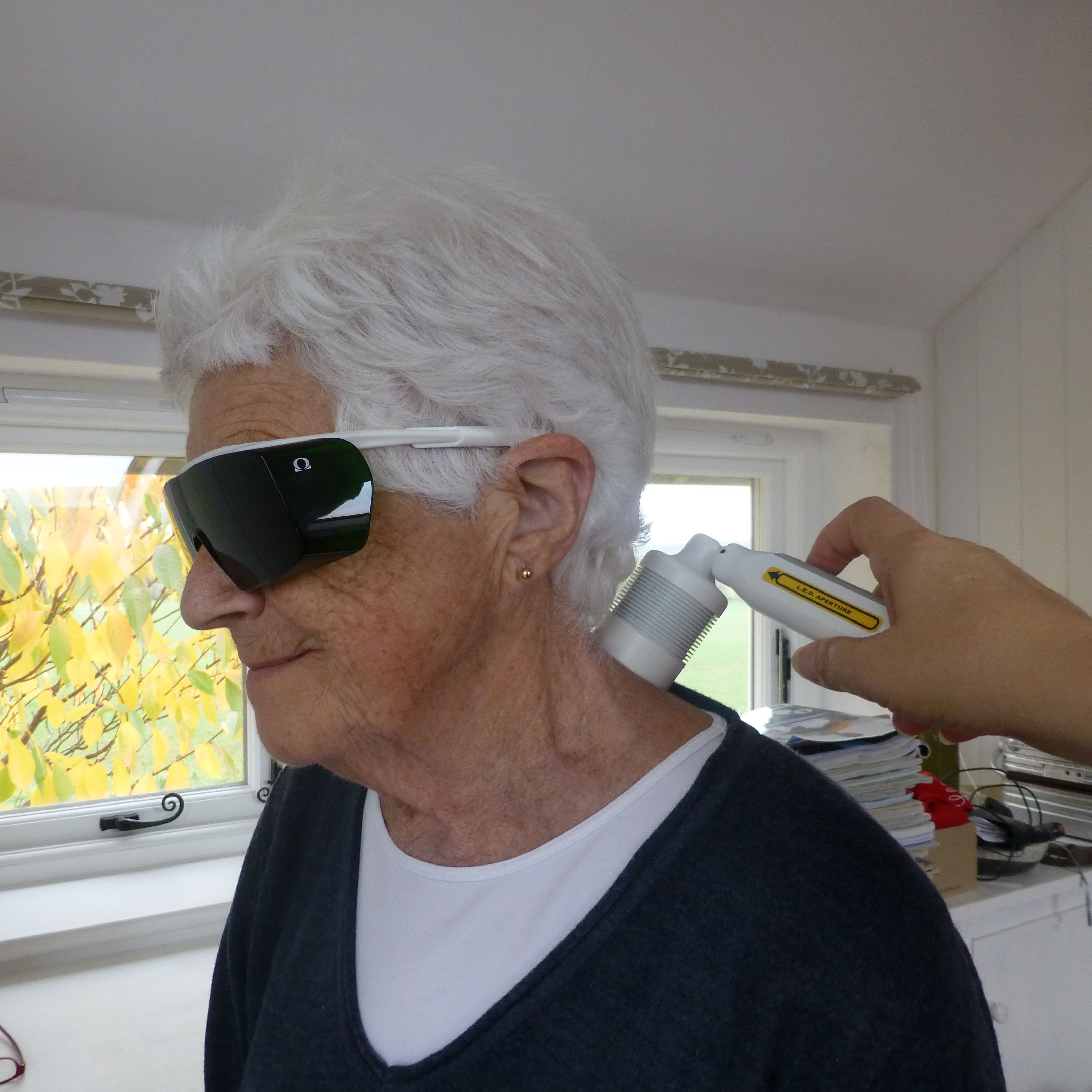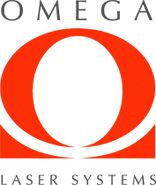Rheumatoid Arthritis Pain
Reduction of pain from rheumatoid arthritis is supported by evidence from individual studies as well as in-vitro and non-clinical data, and by the pooled evidence of systematic reviews and meta-analyses, with a moderate short to medium term beneficial effect demonstrated.
Although LLLT appears to modulate pain in more than one way (see below), Lopes-Martin (2007) stated that the overriding biological process for pain relief from LLLT in arthritis is most likely to be its anti-inflammatory action, probably by inhibition of the COX-2 process. The effects seemingly similar to that of Non Steroidal Anti-Inflammatory Drugs.
With respect to LLLT’s ability to modulate inflammatory response, of the 82 laboratory trials and 11 randomised controlled clinical trials identified by systematic search, 71 laboratory trials (87%) provided positive outcomes for one or more parameters, and 7 clinical trials (64%) reported positive results for the reduction of PGE2 levels, reduction of oedema, inflammatory cell infiltration, and reduction of ESR levels (Lopes-Martins et al. 2007). Thus, while there is a degree of variability in reported results, the balance of evidence clearly supports anti-inflammatory actions of LLLT.
There is also strong evidence that this effect is dose-dependent and locally observed in irradiated tissue, and that in cases where no effect was reported, this could be related to inappropriate doses.


Pain Relief Mechanisms
The 2015 Cotler review of current knowledge on LLLT and pain concluded that LLLT appears to modulate pain in more than one way. The peripheral nerve endings of nociceptors, consisting of the thinly myelinated A∂ and unmyelinated, slow-conducting C fibres, lie within the epidermis: this complex network transduces noxious stimuli into action potentials. These nerve endings are very superficial in nature and thus are easily within the penetration depths of the wavelengths used in LLLT but the effects move to nerves in subcutaneous tissues, sympathetic ganglia, and the neuromuscular junctions within muscles and nerve trunks. LLLT applied with an appropriate level of intensity causes an inhibition of action potentials. (Vinck et al. 2005, Chow et al. 2011, Cotler et al. 2015).
It has also been shown that LLLT at the correct dose decreases mitochondrial membrane potential (MMP) in dorsal root ganglion neurons and that ATP production is then reduced. The most immediate effect of nociceptor blockade is pain relief which occurs in a few minutes and has been shown by the timed onset of a conduction blockade in somatosensory-evoked potentials (Hamblin 2017). This inhibition of peripheral sensitization not only lowers the activation threshold of nerves but also decreases the release of pro inflammatory neuropeptides (i.e. substance P and calcitonin gene-related peptide (CGRP)). In persistent pain disorders this reduction of tonic input to activated nociceptors and their synaptic connections, leads to a long-term down-regulation of second-order neurones.
Thus LLLT can have short, medium and long term effects on pain control (Cotler et al. 2015).

"...The other main situation in which I use laser is for osteo-arthritis. I find it particularly helpful for an arthritic joint that is mild to moderately degenerated, but pre replacement stage. Combined with massage and gentle stretching techniques, it reduces pain, improves mobility and seems to maintain joint health. I have a number of patients with moderately arthritic hips who have been maintained for over a year with minimal deterioration in their degree of disability with this procedure. I have one lady who comes once a year for one or two sessions on an arthritic knee and has not deteriorated for three years. I had another lady who could not make a fist due to hand arthritis, who after 3 laser sessions could comfortably make a fist.
Contact us
Contact Omega to discuss the application of laser in your practice.
Call +44 (0) 1787 477551 or email info@omegalaser.co.uk



